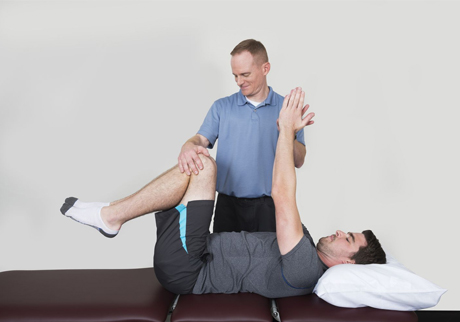
Frozen Shoulder
March 15, 2024Spondylosis

Symptoms of Spondylosis
Spondylosis, the prevalent form of spinal bone degeneration typically affecting individuals from middle age onward, often manifests without symptoms. However, symptoms may arise when a bone spur compresses a nerve or initially present as pain and stiffness. These symptoms encompass:
During the examination, your doctor will evaluate various factors including function, reflexes, flexibility, and range of motion through activities such as walking, bending, and other movements. Additionally, blood tests may be necessary to detect signs of infection or inflammation.
- Neck and back stiffness
- Pain in the arms, shoulders, lower back, and legs
- Limited mobility of the neck and back
- Headaches and dizziness
- Limb numbness and tingling due to nerve compression
- Loss of bladder and bowel control (Cauda Equina syndrome)
- Impaired coordination
- Difficulty walking and balancing
- Weakness in hand and foot muscles
In some cases, spondylosis progresses to cervical myelopathy, characterized by:
Causes of Spondylosis
The primary causes of spondylosis include:
- Degeneration of bones and muscles
- Disc degeneration, leading to the formation of bone spurs that increase friction during spinal movements
- Incorrect posture and sitting habits
- Spinal injuries or partial dislocation of discs
- Sedentary lifestyle
Spondylosis Treatment
Spondylosis cannot be cured but milder cases can be managed with conservative treatment which includes:
- Physioneedle Rehabilitation
- Physical therapy
- Medication
- Advanced pain management involves:
Cell Repair Treatment: This uses frequency specific micro-currents that relieves pain in the affected area. Surgery: Only recommended in the case of cervical myelopathy (physioneedle compression near the neck)



